14 Strange Behaviors Of The Slow Loris That Keep It Hidden From Predators

Ever seen a creature that looks like it’s from another planet? Meet the slow loris, a master of disguise and survival.
These fascinating little beings have some of the quirkiest behaviors in the animal kingdom, designed to keep them hidden from predators.
From secreting toxins to mimicking tree bark, the slow loris has evolved a set of unique tricks that are as intriguing as they are effective.
1. Slow Movement To Avoid Detection
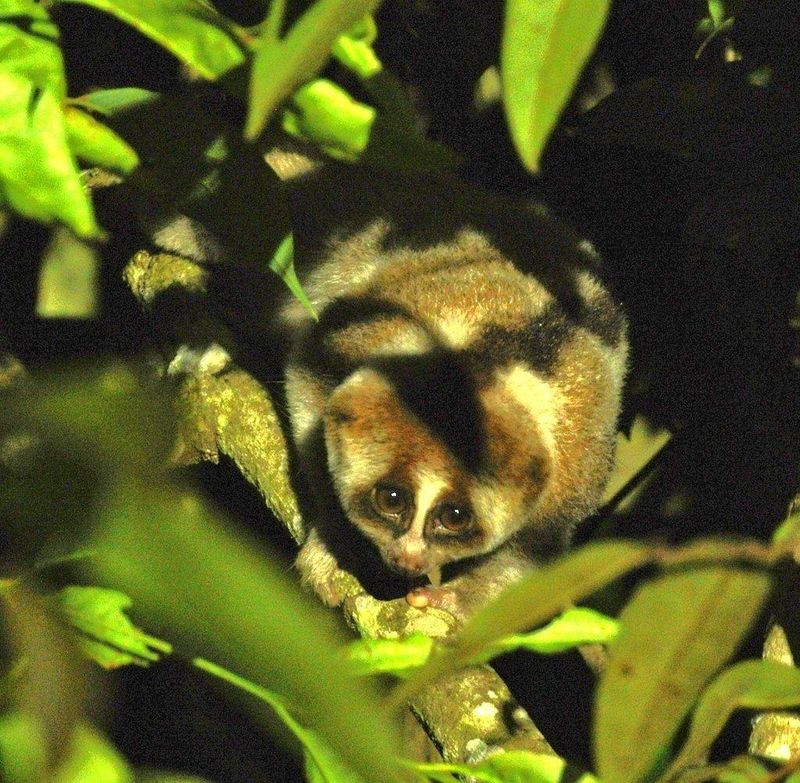
The slow loris moves with the grace of a leaf caught in a gentle breeze. Its slow, deliberate movements are not just for show but a clever trick to avoid detection.
By moving slowly, it blends seamlessly into the surrounding foliage, becoming nearly invisible to predators. This unhurried pace helps it remain unnoticed as it navigates its lush habitat.
2. Imitates The Behavior Of Tree Bark
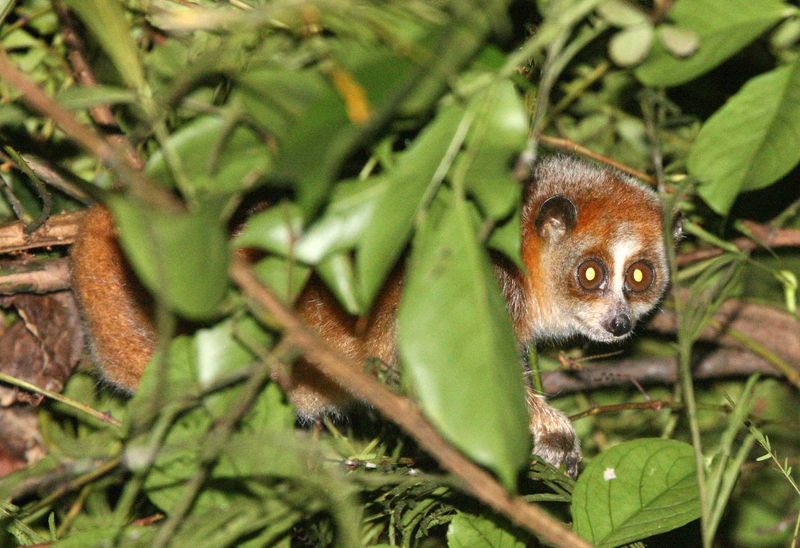
With a coat that mimics the texture of tree bark, the slow loris becomes a part of the scenery. This natural camouflage fools predators, making them see just another piece of the tree rather than a potential meal.
By blending perfectly with its environment, the slow loris cleverly avoids becoming dinner for creatures lurking nearby.
3. Secretes Toxic Fluid

The slow loris has a secret weapon tucked in its elbows—a toxic fluid. When threatened, it mixes this secretion with saliva, creating a venomous bite.
This toxin serves as a potent defense, deterring predators from taking a bite. Even the most daring hunters think twice before messing with this deceptively adorable creature.
4. Clings To Branches For Safety
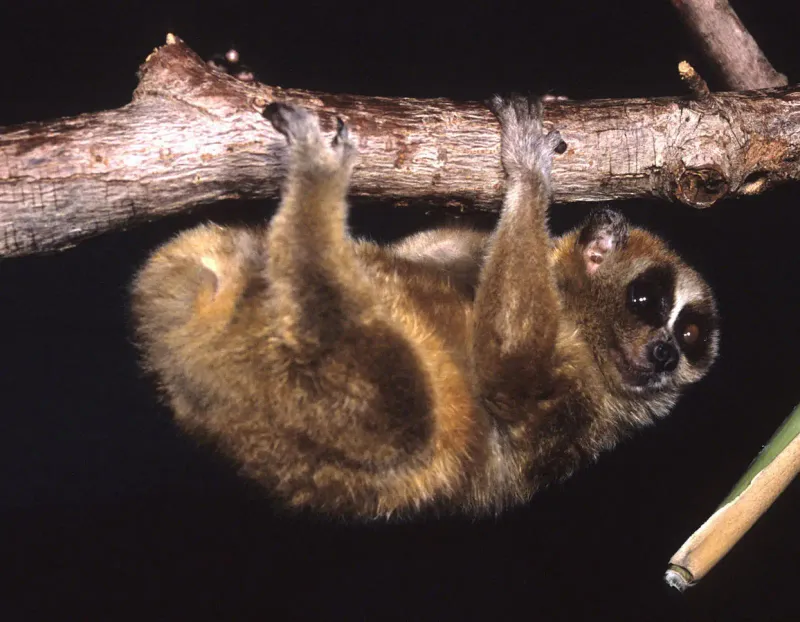
Armed with an iron grip, the slow loris clings tenaciously to branches. This arboreal expertise allows it to stay high above danger, where ground predators can’t reach.
Its strong grasp not only keeps it safe but also aids in navigating the dense canopy, moving stealthily from branch to branch without attracting attention.
5. Nighttime Activity To Avoid Daytime Predators
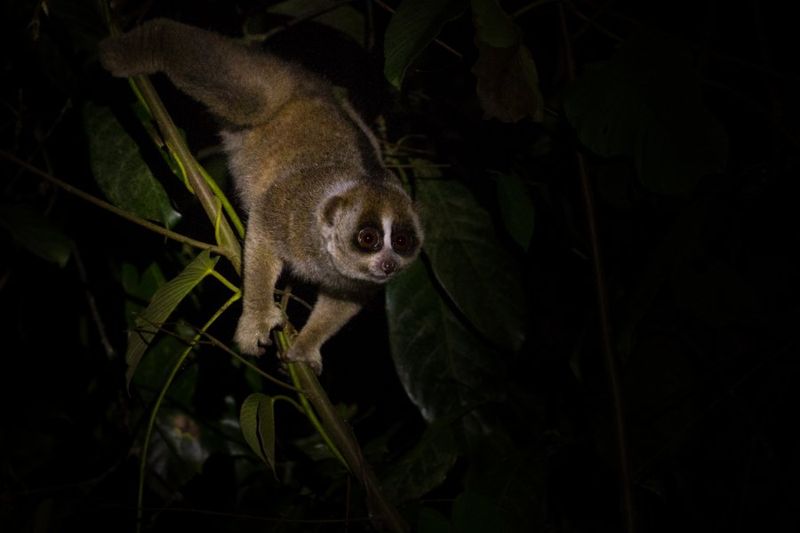
As a creature of the night, the slow loris takes advantage of the darkness to stay hidden. Its nocturnal habits allow it to avoid daytime predators, moving under the cover of night with ease.
The cool, quiet hours provide the perfect backdrop for the slow loris to forage and explore without fear of being seen.
6. Unblinking Eyes To Appear Less Noticeable
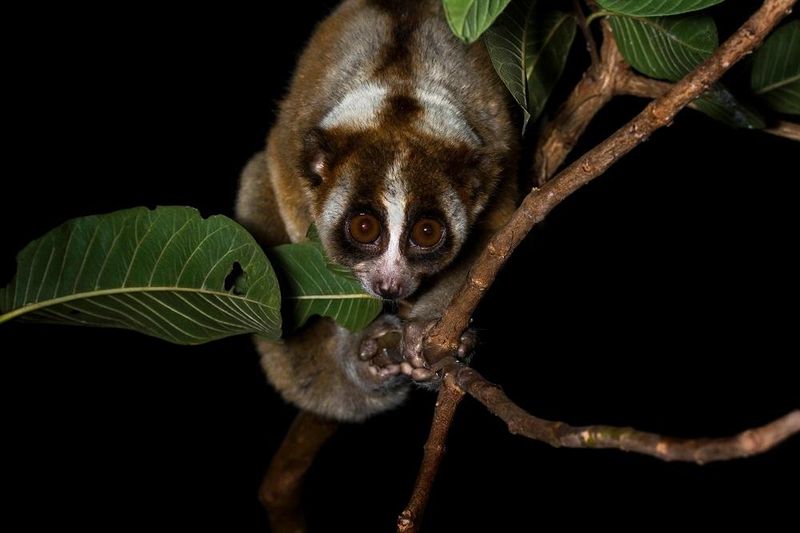
With eyes like dark marbles, the slow loris can stare unblinkingly into the night. This feature helps it stay unnoticed by predators, as sudden movements often give prey away.
By maintaining an unwavering gaze, it remains a secretive shadow in the night, blending with the stillness of its surroundings.
7. Uses Its Toxic Saliva For Defense
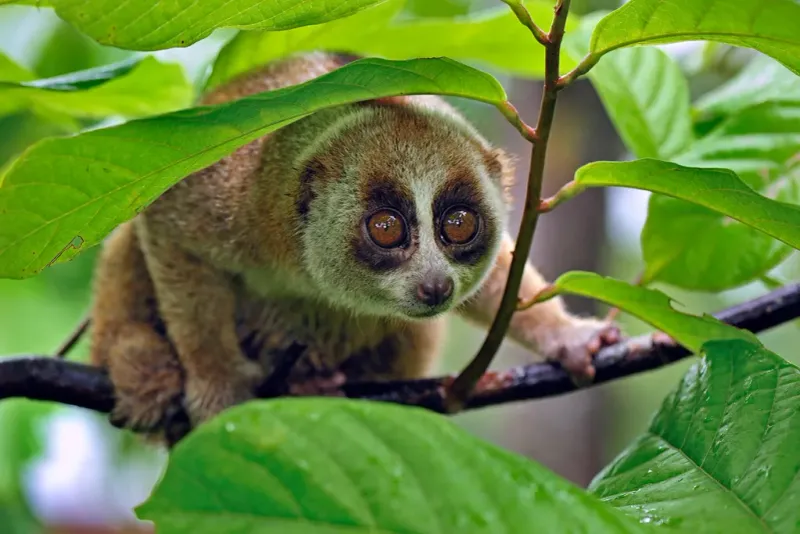
Combining its elbow secretion with saliva, the slow loris creates a toxic cocktail. When under threat, it delivers a venomous bite that can cause severe pain and even allergic reactions.
This unique defense mechanism makes predators reconsider their dinner plans, ensuring the loris lives to see another night.
8. Stays Still For Long Periods
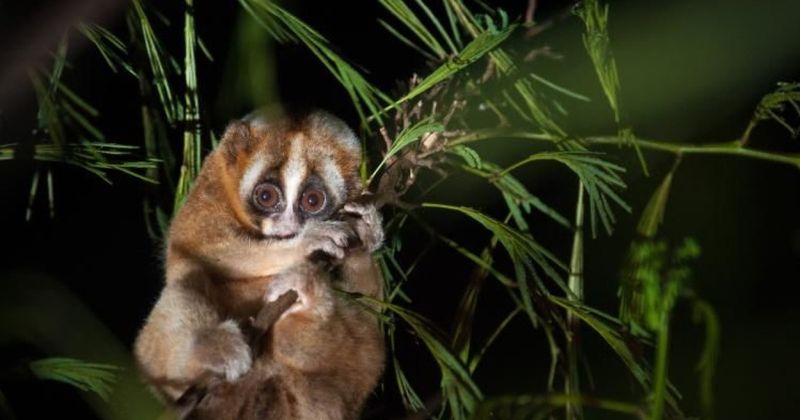
Mastering the art of stillness, the slow loris becomes a living statue. By staying motionless, it avoids attracting attention from predators who hunt by movement.
This ability to remain completely still helps it evade detection, making it a ghostly presence in the jungle canopy.
9. Hides In Dense Foliage

The slow loris takes hiding to the next level by burrowing into dense foliage. This thick cover provides a natural shield from aerial and ground-based threats.
By disappearing into the lush greenery, it becomes a part of the jungle’s tapestry, safe from watchful eyes and hungry mouths.
10. Arms And Legs Stretch In Disorienting Ways
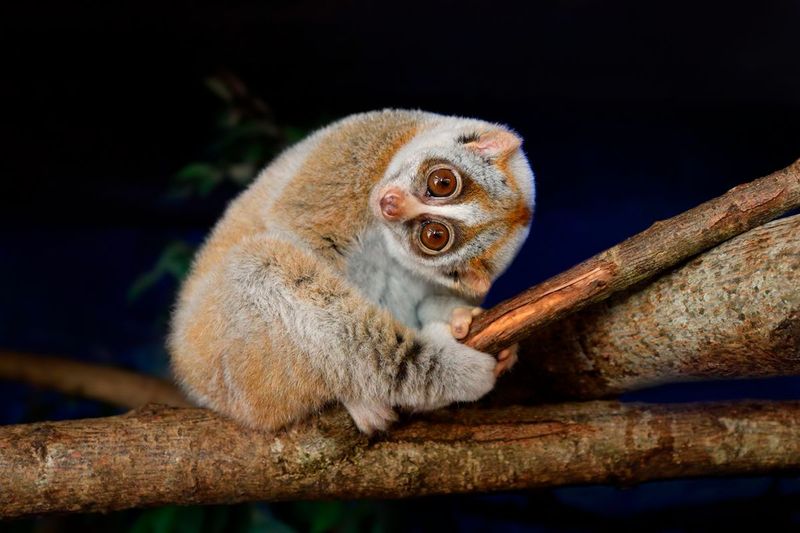
With arms and legs that stretch and bend in surprising ways, the slow loris moves like a contortionist.
This flexibility helps it navigate the treetops with ease, confusing predators with its unpredictable movements. By twisting and turning, it remains elusive and hard to catch.
11. Pretends To Be Lifeless To Avoid Predators

When escape seems impossible, the slow loris resorts to a dramatic act—playing dead. By mimicking lifelessness, it deters predators who prefer fresh prey.
This act of deception can be the difference between life and death, fooling even the keenest hunters into losing interest.
12. Hides In Hollow Trees Or Rock Crevices
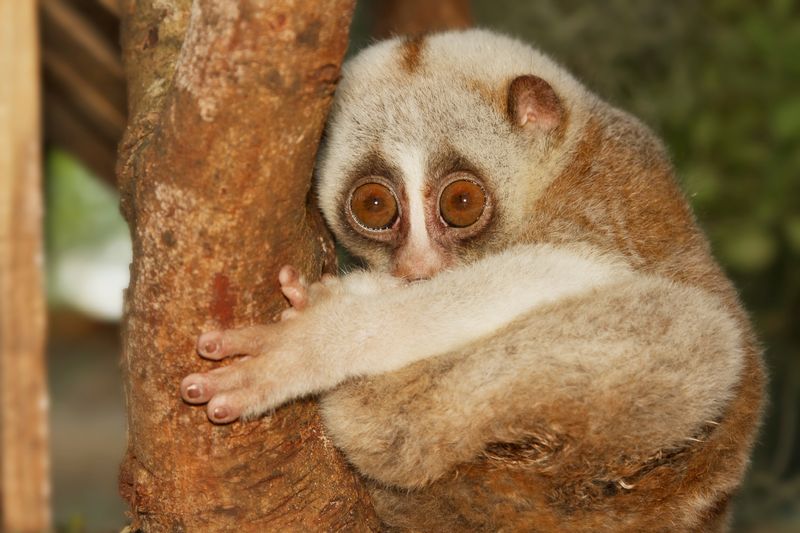
The slow loris knows the value of a good hiding spot. Whether it’s a hollow tree or a rock crevice, these shelters offer protection from predators.
By retreating into these natural hideaways, it stays out of reach and out of sight, ensuring its safety in the wild.
13. Keeps Quiet And Avoids Making Noise

Silence is golden for the slow loris. By minimizing noise, it avoids drawing attention from predators who hunt by sound.
This quiet demeanor makes it a stealthy presence in its habitat, moving like a whisper through the night while remaining unseen and unheard.
14. Use Of Sharp Claws To Climb Steep Surfaces

Equipped with sharp claws, the slow loris can scale steep surfaces with ease. This ability allows it to quickly escape threats by climbing to safety.
Whether ascending a tree or traversing rocky terrain, its claws provide the grip needed to navigate vertically, ensuring its survival in challenging environments.






